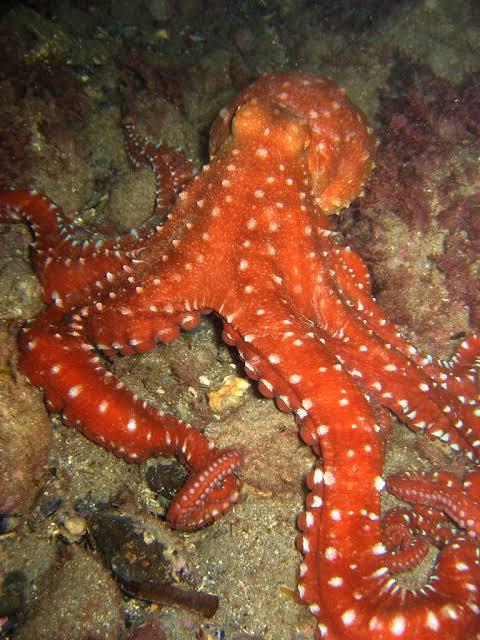THE WHALE
Whales roam throughout all of the world's oceans, communicating with complex and mysterious sounds. Their sheer size amazes us: the blue whale can reach lengths of more than 100 feet and weigh up to 200 tons—as much as 33 elephants.
Despite living in the water, whales breathe air. And like humans, they are warm-blooded mammals who nurse their young. A thick layer of fat called blubber insulates them from cold ocean waters.
Some whales are known as baleen whales, including blue, right, bowhead, sei, and gray whales. This refers to the fact that they have special bristle-like structures in their mouths (called baleen) that strain food from the water. Other whales, such as beluga or sperm whales, have teeth.
Whales are at the top of the food chain and have an important role in the overall health of the marine environment. Whales play a significant role in capturing carbon from the atmosphere; each great whale sequesters an estimated 33 tons of CO2 on average, thus playing their part in the fight against climate change.
Unfortunately, their large size and mythical aura does not protect them; six out of the 13 great whale species are classified as endangered or vulnerable, even after decades of protection. An estimated minimum of 300,000 whales and dolphins are killed each year as a result of fisheries bycatch, while others succumb to a myriad of threats including shipping and habitat loss.
Many of the world's busiest shipping and ferry lanes overlap directly with areas where whales feed, give birth, nurse their young, or travel between feeding and breeding grounds. Collisions with ships, entanglement in fishing gear (known as bycatch), and pollution injure and kill whales. In many countries, there's often a lack of political will to prioritize and address these problems, and inaction is largely due to lack of awareness of the scale of the problem and mitigation tools, particularly where bycatch is concerned.
Shipping activity and oil and gas development cause noise that can disrupt whale communication or even damage whales' hearing. Such disturbance can exclude whales from critical feeding and breeding grounds and disrupt their migratory paths.
Whales are polygamous mammals, with females giving birth to live young and nursing them for several months. ... Mating entails long migrations to oceanic breeding grounds, vocalizations or songs and, sometimes, large groups of male whales, such as humpbacks, competing for females in violent displays of dominance.
The average blue whale produces over 400 gallons of sperm when it ejaculates, but only 10% of that actually makes it into his mate. So 360 gallons are spilled into the ocean every time one unloads




Cool
ReplyDelete